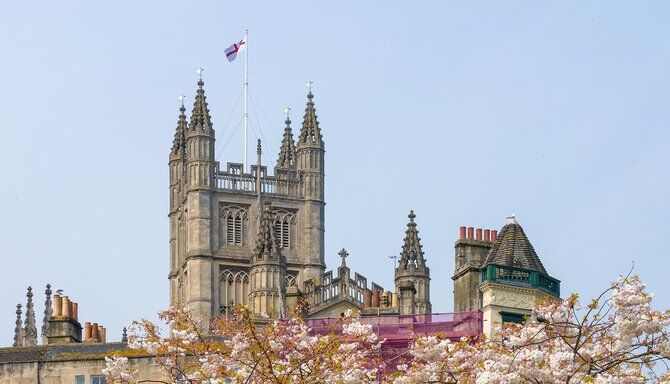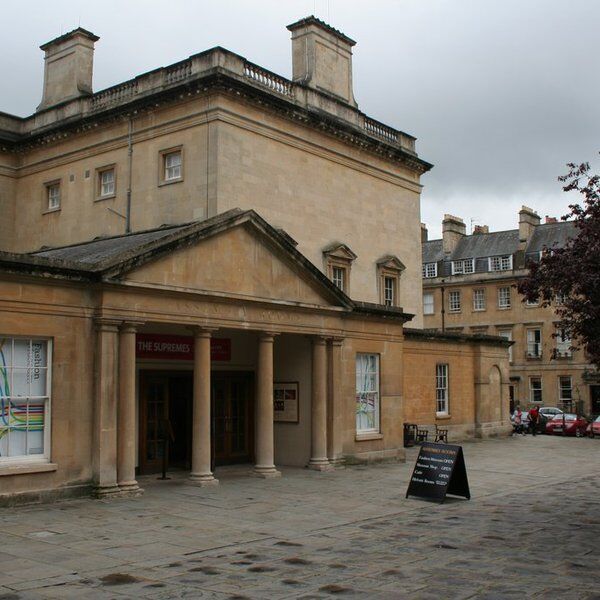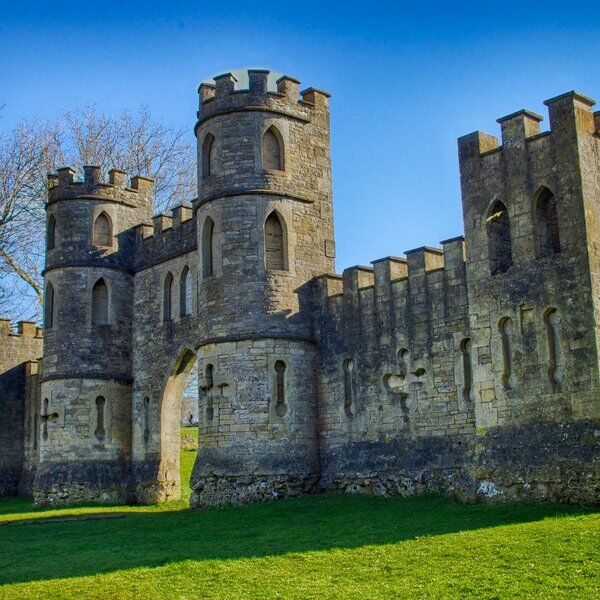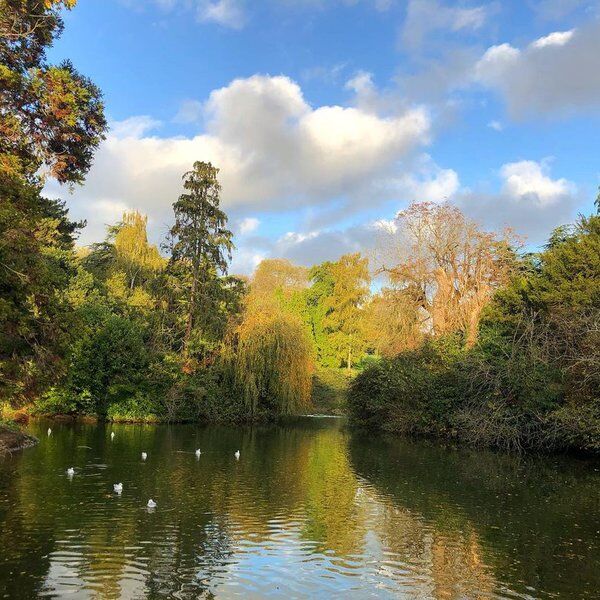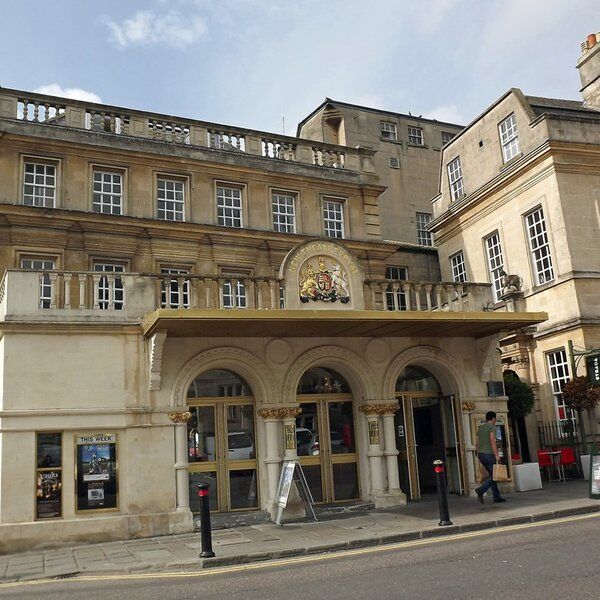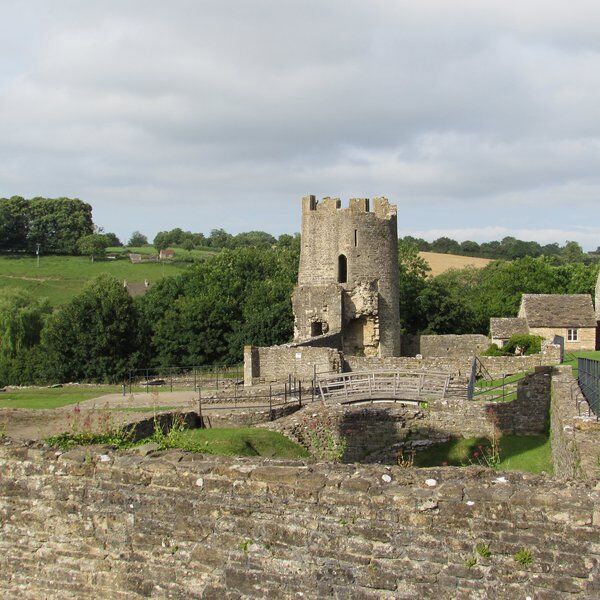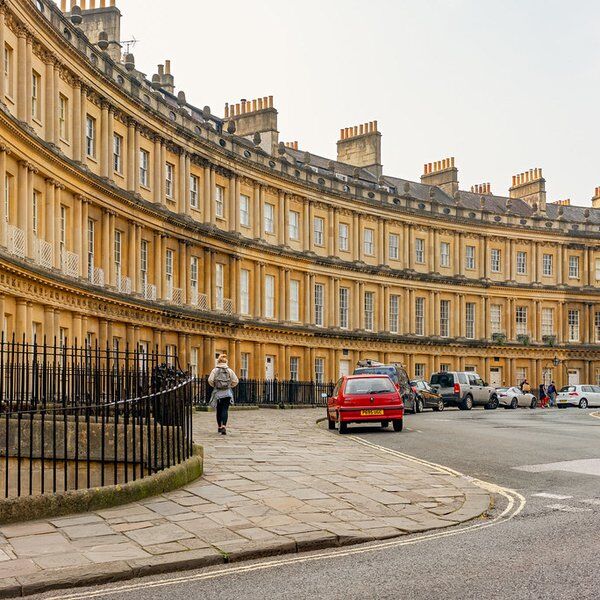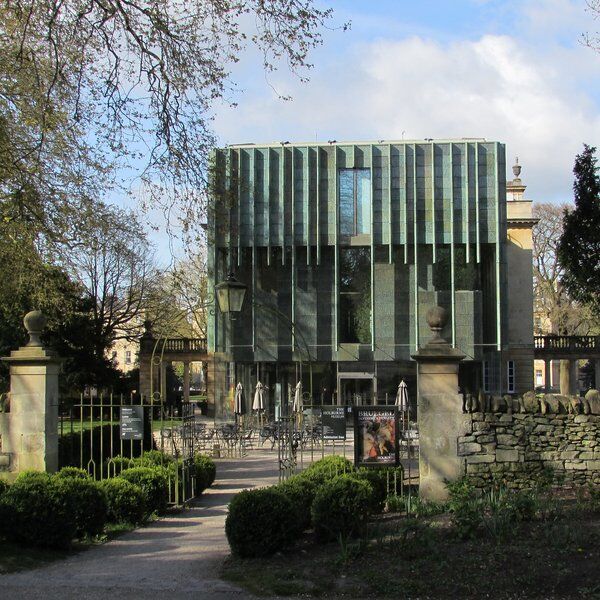Dating back 1,200 years, Bath Abbey has had a tumultuous history of rises and falls, dissolutions and re-establishments. It has witnessed invasions, pagans, coronations and religious upheaval, and come out the other side an architectural marvel.
A Brief Early History Of Bath Abbey
The earliest known reference to Bath as a Christian site was made by Osric, a local king of the 7th century. He gave lands to the Abbess Berta (also referred to as Bertana) to create a “Convent of Holy Virgins”.
Prior to this, evidence suggests that it may have been the location of a pagan temple dedicated to the Celtic Goddess Sulis. The area's rich druidic and pagan history lends this theory plausibilty, not to mention the nearby hot springs which have often been attributed to the divine (see our article on Bath's Roman Baths for more).
The first mention of a monastery on the site was in 757 AD, when the land was given to the brothers of St Peter in Bath. They were a Benedictine order who wore black robes and dedicated themselves to a life of chastity and silent worship.
Over the decades that followed Bath Abbey passed between several religious figures, before facing the 11th Century threat of the Norman invasion. The town itself was torn apart by these conflicts, but Bath Abbey held strong. It wasn't until after the Normans came to power that it was torn down.
In 1088, Bishop John of Tours transferred the episcopal seat to Bath and the small town was made a city. It was then decided that the Saxon Abbey would be replaced by a Norman Cathedral. The Cathedral's construction took almost 60 years and almost ended in disaster when, in 1137, a fire threatened to desttoy it. Eventually, however, in 1244, the city achieved Cathedral status.
Unfortunately, nothing of the Cathedral remains today. The building is reported to have fallen into rapid disrepair with just 22 monks attending its monastery.
In 1499, Bishop Oliver King ordered a new church built, shocked by the dilapidated state of the buildings and the monks themselves. He found their place of worship and the monastic order to be lacking in many ways. Sources state that:
He [...] described lax discipline, idleness and a group of monks "all too eager to succumb to the temptations of the flesh".
Tudor Impact On Bath Abbey
The Benedictines of Bath would call this new Abbey their home until the 16th century when Henry VIII turned his attentions to the wealth and political power of the English clergy, and Bath Abbey fell victim to his campaign of dissolution. In 1539 the monastery was taken apart, it’s black-robed residents and attendants forced out, and the building itself left to ruin.
Soon after, however, Elizabeth I ascended the throne and decreed that Bath Abbey should be restored using publicly raised donations. The campaign was a success, but it still took until 1620 for the building to be returned to anything like its former glory.
Bath Abbey Moving Into The Modern Age
Bath Abbey witnessed many more alterations across the subsequent centuries. 1833 saw the addition of some of the church’s most famous details including its immense flying buttresses. Additional restorations occurred in 1863, 1899, 1919, and 1929.
During the Blitz, Bath was a major target of the Baedeker raids – bombing raids primarily targeting sites of national culture and history. Many key historic areas of Bath were struck (including Bath Circus), but the Abbey was spared any direct hits. Despite this, damage from bombs falling nearby resulted in yet more reparative works.
The Amazing Architecture Of Bath Abbey
Due to its many iterations and additions, the Bath Abbey of today features a mass of details and architectural styles. We don't want to spoil everything here, but these are a few of our favourite things to look out for:
On the Abbey’s grandiose face are two long stone ladders that almost reach from the floor to the tower roofs. These are populated by carved figures who – for the most part – look angelic. This odd decoration choice was inspired by Bishop King who was said to have had visions of Jacob’s ladder in a very literal sense. While we can assume that the figures are meant to be angels, odd positioning and erosion gives some of them a more earthly or even monstrous appearance.
Hidden in the lintel above the main, blocked entry are carvings of vines and something a little more unusual: dismembered hands, feet, and organs. A reference to Bath’s healing waters? Connections to leprosy? Perhaps. The possibly divine nature of Bath's healing waters has been referenced by many sources (see: King Bladud, leper and founder of Bath, whose legend claims that as a humble pig farmer he noticed his pigs bathing in the warm, dark mud and decided to join them. Miraculously, he emerged from the mud a healed man.)
Architect Gilbert-Scott- whose name can be attributed to a large number of buildings constructed or restored during the Victorian era- was responsible for the magnificent flying buttresses around the outside of the church, and for the beautifully carved pews in the nave, said to be
"one of the most magnificent and extensive suites of Victorian church seating in the country".
The beautiful fan-vaulted ceiling, initially built by William and Robert Vertue, was also restored by Gilbert-Scott.
There is a wealth of information regarding Bath Abbey’s history. If you’re interested in knowing more, please do check our reference links and consider visiting Bath or taking our new Bath trail to explore the town for yourself!
Interested in finding more places like this? Try one of our Treasure Hunts In Bath - untangle cryptic clues as a team, as you are taken on a journey to the most unique, unusual and bizarre corners of England.
